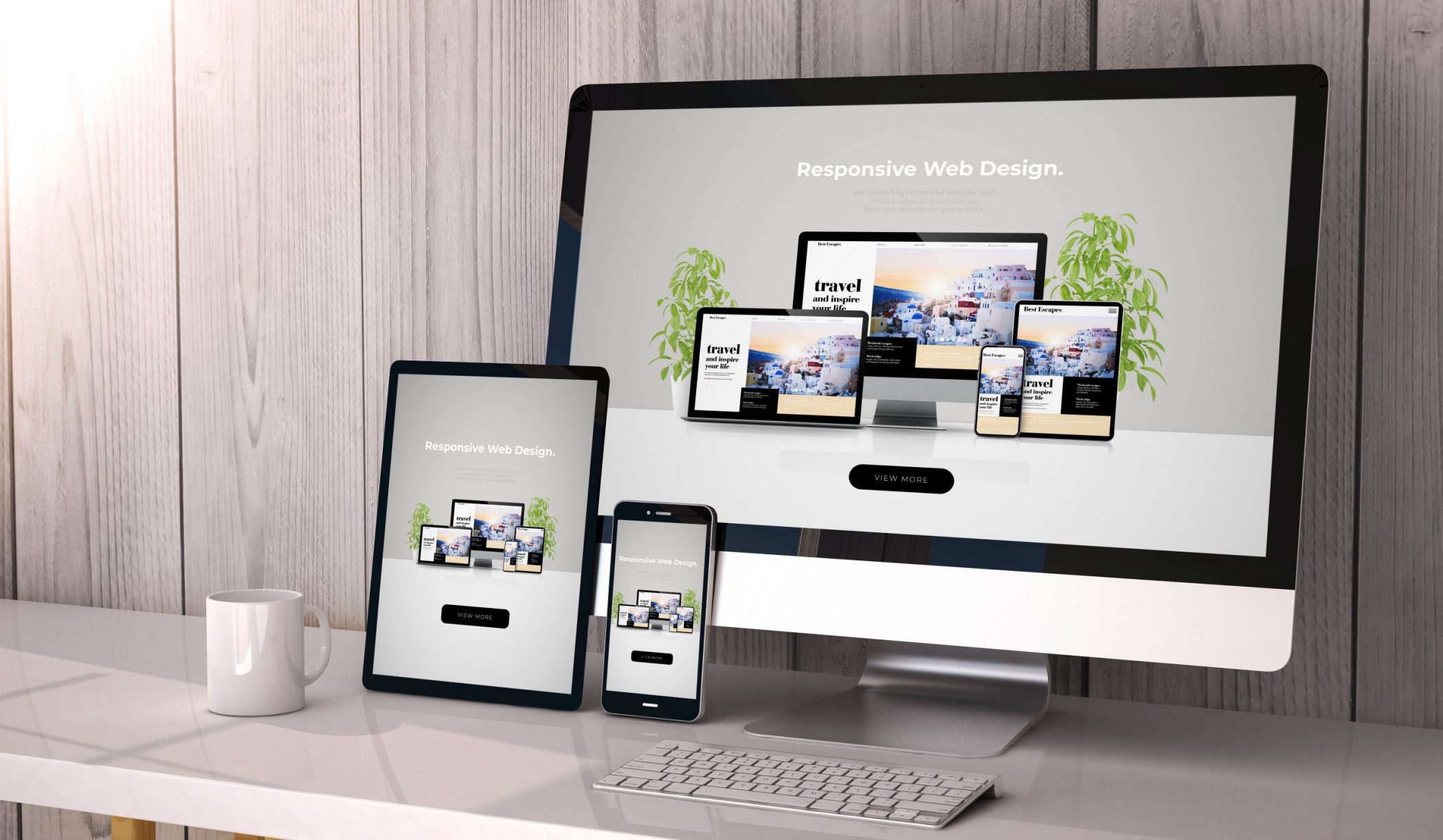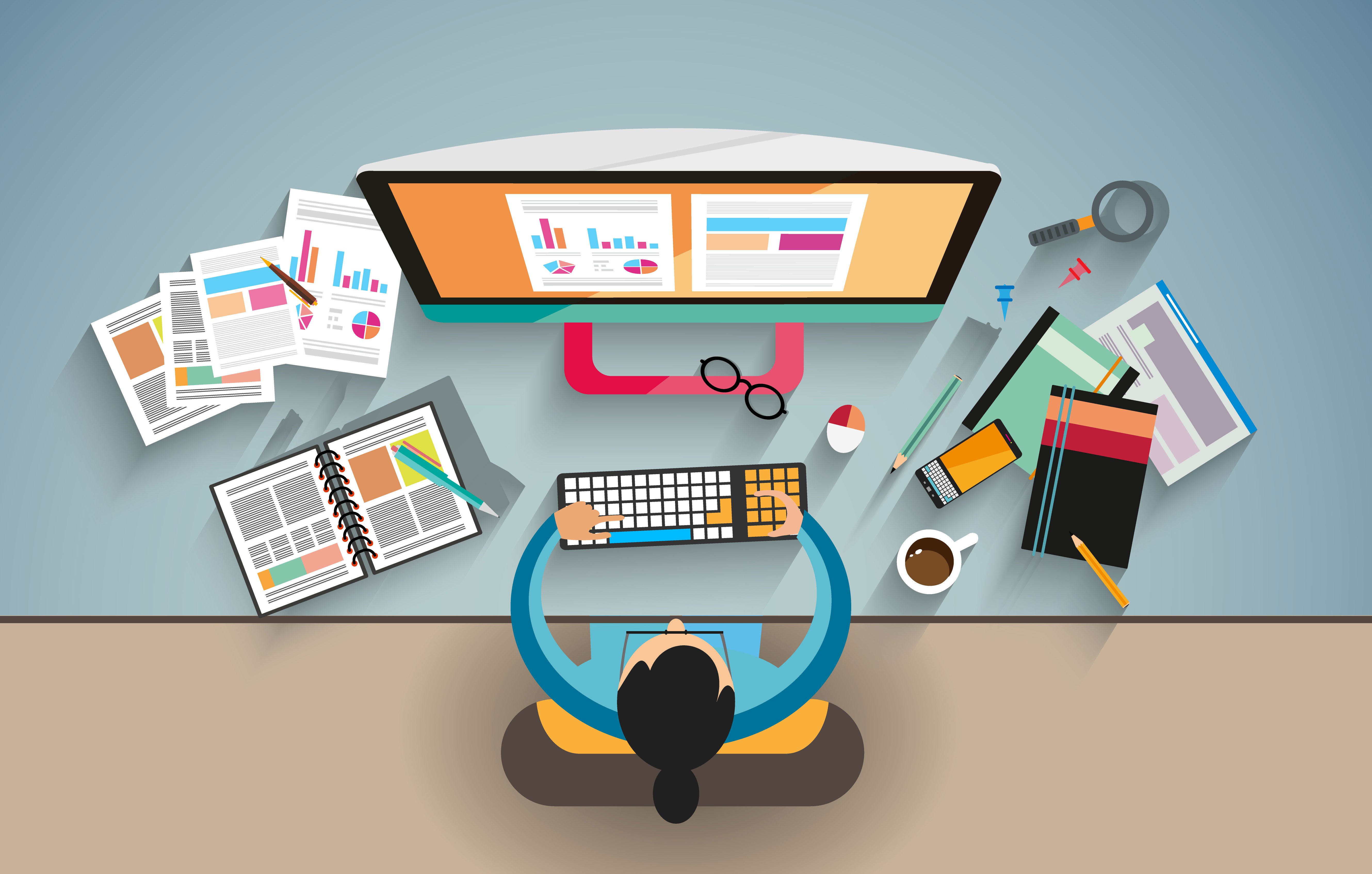Aligned Position Web Design: Your One-Stop Solution for Innovative Website Design and Development
Aligned Position Web Design: Your One-Stop Solution for Innovative Website Design and Development
Blog Article
The Most Effective Sorts Of Website Design to Boost Customer Experience and Involvement
In the ever-evolving landscape of electronic communication, the performance of Web style significantly affects customer experience and involvement. Different style techniques, such as minimal, responsive, and interactive formats, each offer distinct advantages that can cater to varied user requirements. Understanding which types of Web style finest serve these goals can be crucial for companies aiming to improve consumer contentment and retention. However, the inquiry remains: which design aspects really resonate with users and foster significant interaction? The exploration of these principles discloses critical insights that may redefine your strategy to website design.
Minimalist Website Design
As digital landscapes become increasingly cluttered, minimal website design has actually become a powerful strategy to improving customer experience. This style ideology prioritizes simplicity, concentrating on crucial aspects while eliminating unneeded distractions. By using ample white space, simple navigating, and a limited shade scheme, minimalist design cultivates clearness and guides user focus to key material.
The core concept of minimalist website design is to produce a seamless communication for users. By lowering cognitive tons, users can swiftly comprehend info without feeling bewildered. This direct strategy not only boosts use however likewise motivates involvement, as visitors are extra likely to explore a site that is visually appealing and very easy to browse.
Furthermore, minimal design typically highlights typography and imagery, utilizing these elements strategically to convey messages effectively. In significance, minimalist Web style is not simply a fad; it is a thoughtful methodology that recognizes the relevance of user-centered design.
Responsive Web Design
In today's diverse electronic setting, receptive Web layout has actually ended up being important for creating a seamless user experience across a wide range of devices. As customers accessibility internet sites on smart devices, tablet computers, desktop computers, and laptop computers, the capacity of an internet site to adjust its layout and content to different display dimensions and resolutions is important.
Responsive website design employs adaptable grids, photos, and CSS media inquiries to make sure that Web material exists optimally, no matter the device utilized. This strategy not just enhances the visual appeal of a site however additionally substantially boosts functionality. Individuals are more probable to involve with a site that uses a regular experience, as it eliminates the disappointment of needing to zoom in or scroll exceedingly.
By embracing receptive style, companies can boost their presence and reach a more comprehensive target market. In recap, receptive Web design is a fundamental practice that enhances customer experience, interaction, and overall contentment.
Interactive Website Design
Responsive Web layout prepares for boosting customer experience, but interactive Web design takes this a step even more by engaging users in a much more dynamic way - Aligned Position Web Design. By integrating components such as animations, clickable prototypes, and real-time responses, interactive Web style captivates users, drawing them right into a richer browsing experience
This strategy not you could check here just cultivates engagement yet also urges users to discover material actively as opposed to passively eating it. Techniques such as gamification, where users gain rewards for finishing tasks, can substantially boost the time invested on a site and boost overall fulfillment. In addition, interactive features can simplify intricate details, making it a lot more digestible and pleasurable.

Integrating interactive style components can additionally result in higher conversion rates, as users are more probable to involve with a website that proactively includes them. Aligned Position Web Design. Inevitably, interactive website design changes customer experiences right into remarkable journeys, making certain that site visitors return time after time
Apartment Layout
Identified by its minimalistic strategy, level layout stresses simpleness and performance, removing unneeded components and concentrating on important functions. This style viewpoint focuses on functionality, making certain that individuals can navigate interfaces effortlessly and performance. By employing a clean visual, flat style gets rid of the mess commonly located in extra luxuriant designs, thus improving user concentrate on web content and capability.
The characteristic of flat style depends on its usage of vibrant shades, simple typography, and geometric forms. These aspects add to an aesthetically enticing interface that is both contemporary and approachable. Additionally, level layout promotes a sense of clarity, permitting individuals to recognize important click over here actions and information without interruption.
Moreover, level style is specifically reliable in receptive website design, as its simpleness equates well across different gadgets and display sizes. The lack of complex appearances and slopes minimizes packing times, which is crucial for keeping user interaction. As electronic landscapes proceed to advance, level design continues to be an appropriate selection for producing straightforward websites that boost overall experience. By concentrating on important functions, find out here now level layout not only fulfills individual demands yet additionally urges smooth communication, making it an essential part of efficient website design approaches.
Flexible Website Design
Adaptive website design customizes the individual experience by developing several dealt with formats customized to different screen dimensions and gadgets. Unlike receptive design, which fluidly changes a single design, adaptive layout utilizes distinct layouts for details breakpoints, making certain optimal discussion on various platforms. This method permits developers to concentrate on the distinct characteristics of each device, improving usability by providing specifically what users need based upon their context.
Among the key advantages of flexible Web layout is its capability to maximize tons times and performance. By offering customized material and images that fit the user's gadget, websites can minimize data use and boost loading rates. This is especially valuable for users with slower connections or restricted information plans.

In addition, flexible design promotes a more controlled and constant branding experience. Given that designers develop several designs, they can make sure that the aesthetic elements line up with the brand name's identity across various platforms - Aligned Position Web Design. This causes a natural user experience, enhancing involvement and promoting user retention
Final Thought
Minimalist layout promotes clarity and focus, while responsive layout ensures flexibility throughout different tools, promoting availability. Collectively, these style approaches contribute to the development of straightforward settings that not just improve contentment yet also drive greater conversion rates, highlighting their important relevance in modern Web layout methods.

Minimalist style cultivates quality and focus, while receptive style ensures adaptability throughout numerous gadgets, promoting accessibility. Jointly, these design comes close to add to the development of user-friendly environments that not just improve complete satisfaction however also drive greater conversion rates, underscoring their vital significance in modern Web layout techniques.
Report this page